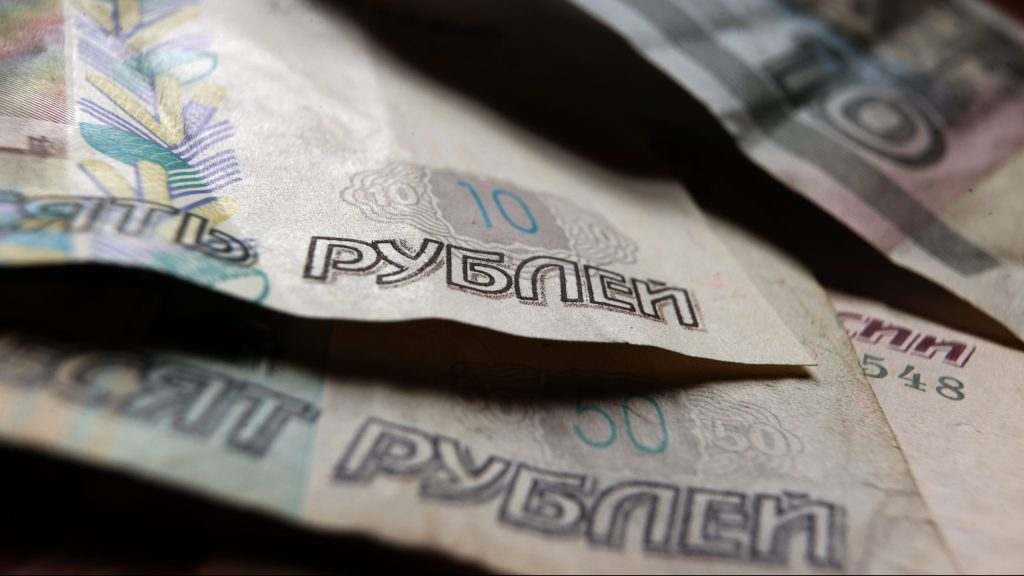
As the Russian ruble began its recovery in March from a sanctions-induced collapse following the Kremlin’s invasion of Ukraine, Western governments began arguing that the exchange rate shouldn’t be used as an indicator of the effectiveness of their sanctions. The Russian financial system may have withstood the initial shock—but a fall in gross domestic product (GDP) and crippling input shortages, they claimed, would force Moscow to eventually de-escalate as the war entered a grinding phase.
But it’s time to reassess this stance.
Today, the US dollar, which has outperformed other Western currencies since January, buys slightly more than sixty rubles; before the invasion, the rate was closer to eighty. To support a faltering economy, the Central Bank of Russia (CBR) has gradually reduced the key interest rate from its peak of 20 percent to 11 percent, and has begun relaxing the capital controls—and yet the appreciation continues. Ultimately, the ruble’s resilience is down to oil and gas revenue. This is coupled with a record-high trade surplus of $38 billion in April, pushed up by Western embargoes. In other words, Russia is earning money it can’t spend.

